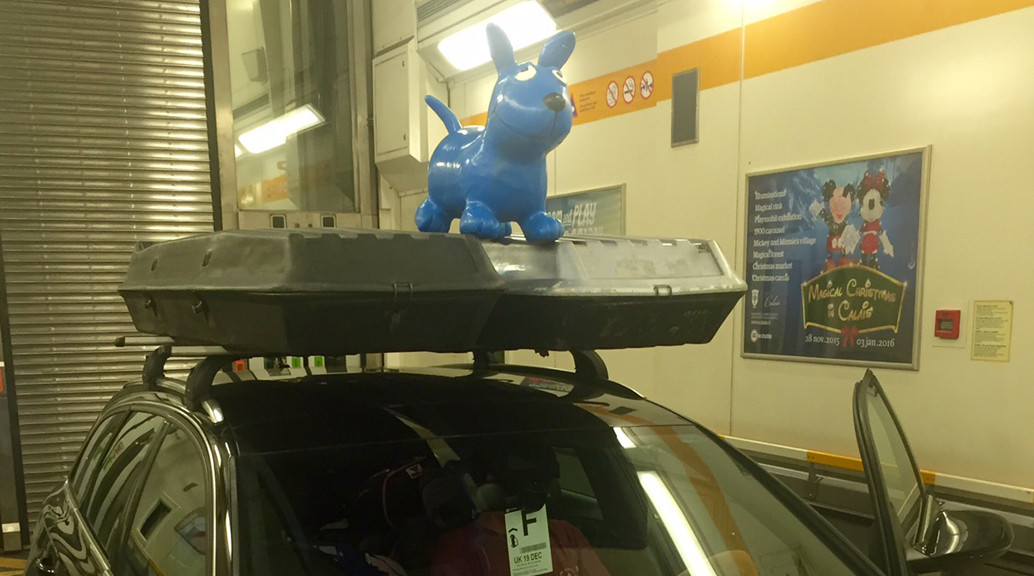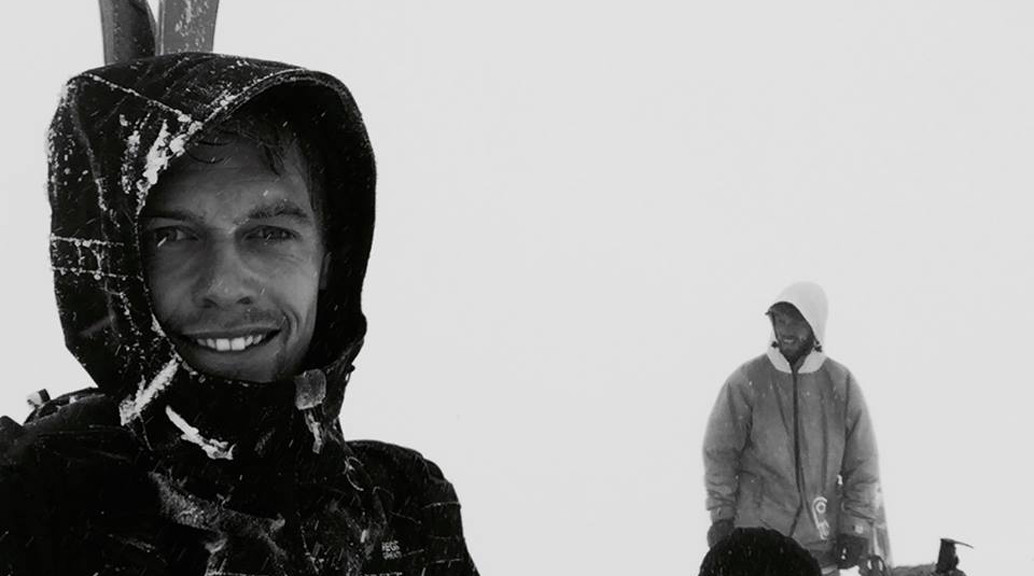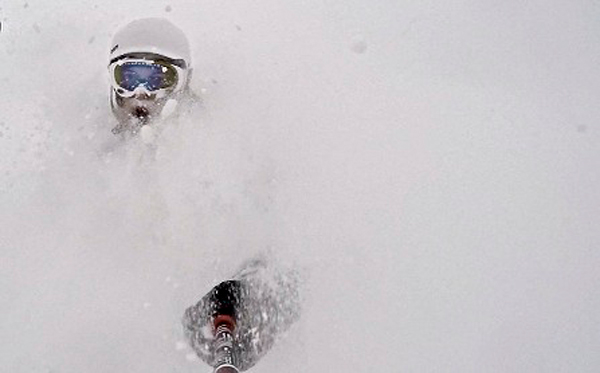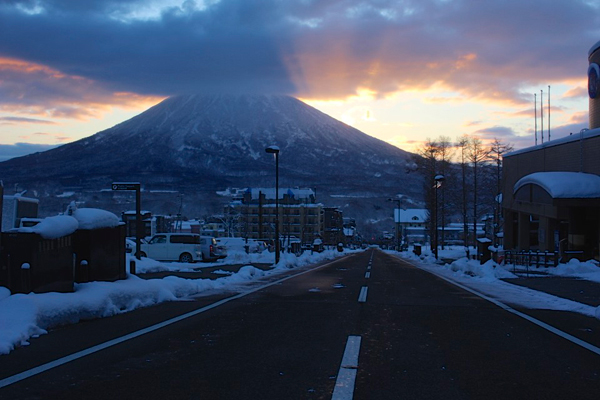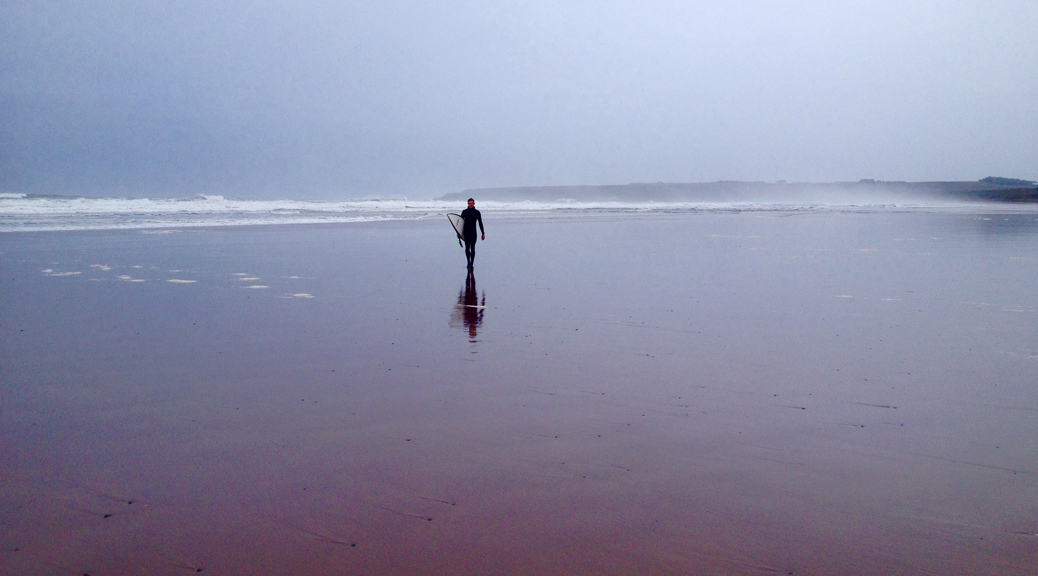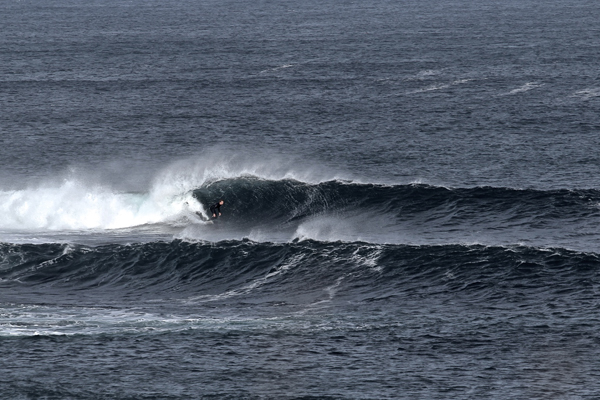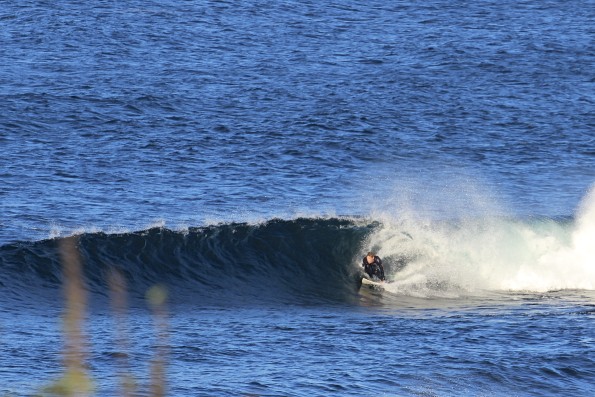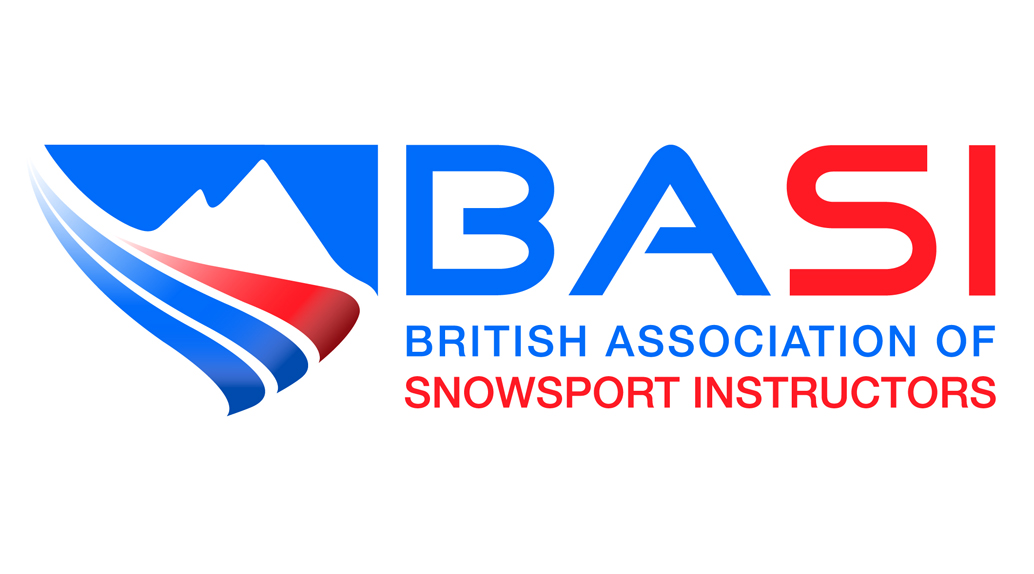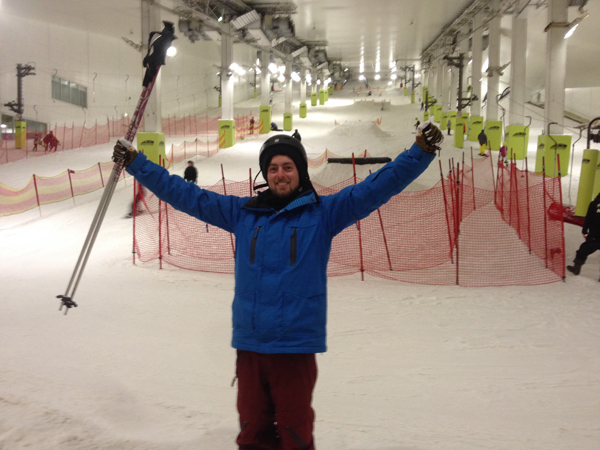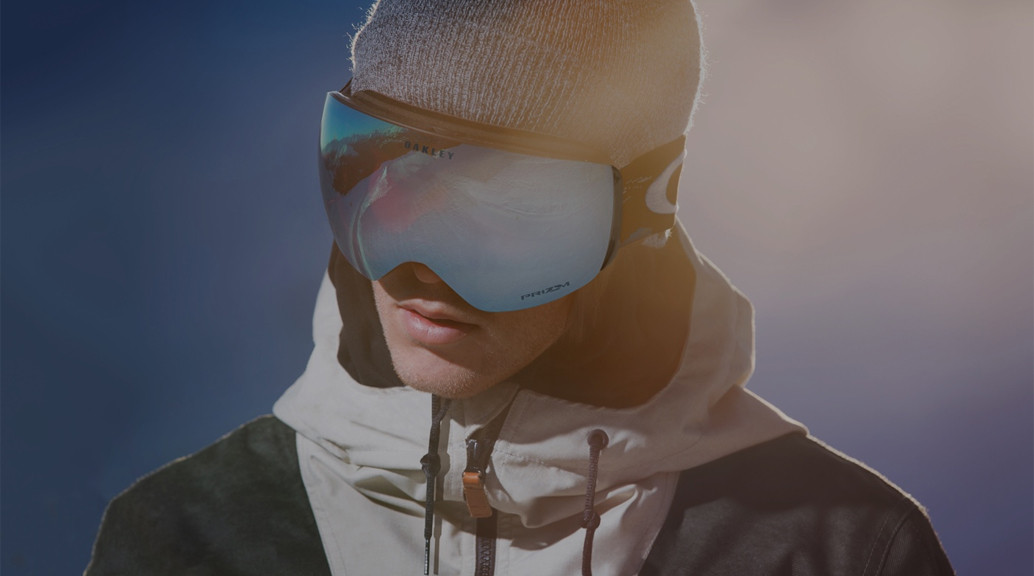Ever fancied a crazy road trip to the Alps to test some skis and snowboards in three days, on a tight budget?
That’s exactly what Tallington Lakes Pro Shop staff did the third week in December. Leaving work at around 12:30 on the Saturday before Christmas; two very eager members of staff, along with Bernard the Blue Dog, collected their soup from the Edelweiss Mountain Café, Tallington Lakes and hit the road. Armed with two roof boxes full of kit – thanks to Atomic, Volkl, Salomon, Lib Tech skis, and DC snowboards – they hoped to find fresh pre Christmas powder in the moutain resort of Morzine! Here’s their account of the trip:
The drive to Folkstone was smooth, and we even managed to jump on an earlier train via the Euro Tunnel. Once on the other side we started the eight-hours, 540 mile trip across France. Having stopped for a steak dinner, and a fuel break, we arrived in Morzine to the stare of a friendly Gendarme pointing his rather large assault rifle at us and asking us to stop. Having been breathlysed, and laughed at for driving to Morzine for 3 days, we arrived at the Ardent Lift car park at around 04:30. We rolled out the sleeping bags and tried to get four hours sleep.
The morning came too quickly, with the sun beaming though the car windscreen, and the sound of other cars parking up for the day. We were ready for a black coffee, omelette, and to go and shred the “interesting” conditions that awaited us.
The first skis out the box were the Volkl RTM and the Atomic Redster Double Decker SG. The morning conditions of packed ice proved positive with this type of ski. The afternoon’s conditions of slush and bumps proved a hit with the Volkl Kendo, Atomic Vantage 95c and the Volkl One. Having more width underfoot enabled them to be very happy to pop over the mounds but still maintain very good edge hold.
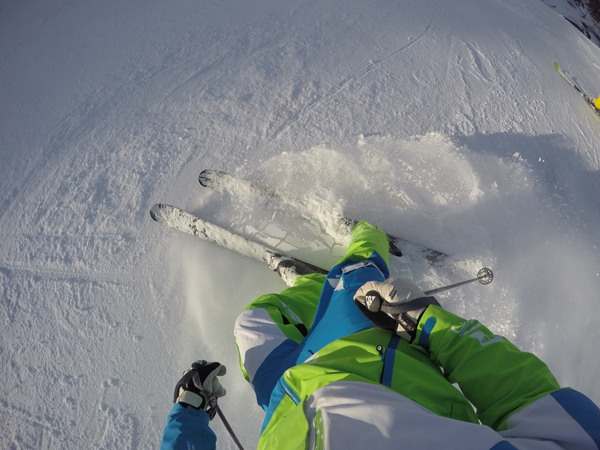
Tuesday didn’t start to plan as we woke to the sound of rain and wind; but being Brits we still went up onto the non-crowded pistes. Unfortunately conditions weren’t fantastic to be able to test the skis, so it was time for the snowboards to make an appearance. The DC Mega and the DC Focus proved another success. With the afternoon proving a little softer, the Lib Tech Skate Banana made a very brief appearance.
Tuesday night it seemed fitting to head out to Chez le Pere Bill for a French meal to prepare us for everything to come on Wednesday. As always, the meal had to finish with a few large glasses of red wine and a very well received Cheese Sledge.
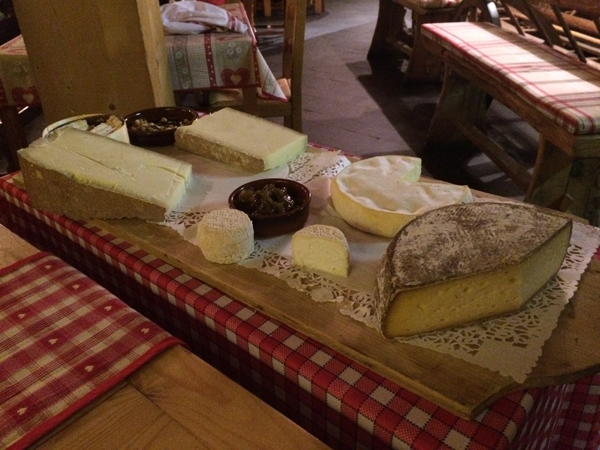
Wednesday started well with sunshine but still no fresh snow. We raced up to the car park and jumped on the Salomon X-Drive 8.0 FS and the X-Drive 8.0 Ti for a couple of runs. The conditions were proving bullet proof and it seemed fitting to break out the Atomic Redster Double Decker SG again. This is certainly a ski that has to be carved.
With the afternoon getting bumpy again we headed up to the Chaux de Rosee lift and to our favourite slope. It was a blue run that was very narrow, very slushy and very bumpy. As it was the last afternoon we chose our favourite ski from the trip and proceeded to ‘bounce’! Our review of the skis, and snowboards, will follow shortly.
Finally, after packing up the car, the boxes and sinking another two black coffees we were on the road back to Calais. We arrived at the Euro Tunnel for 02:00 and even with the current situation managed to jump on an early train. With a quick three-hours sleep we strolled back into work all bright eyed and bushy tailed with Bernard the Blue Dog!

